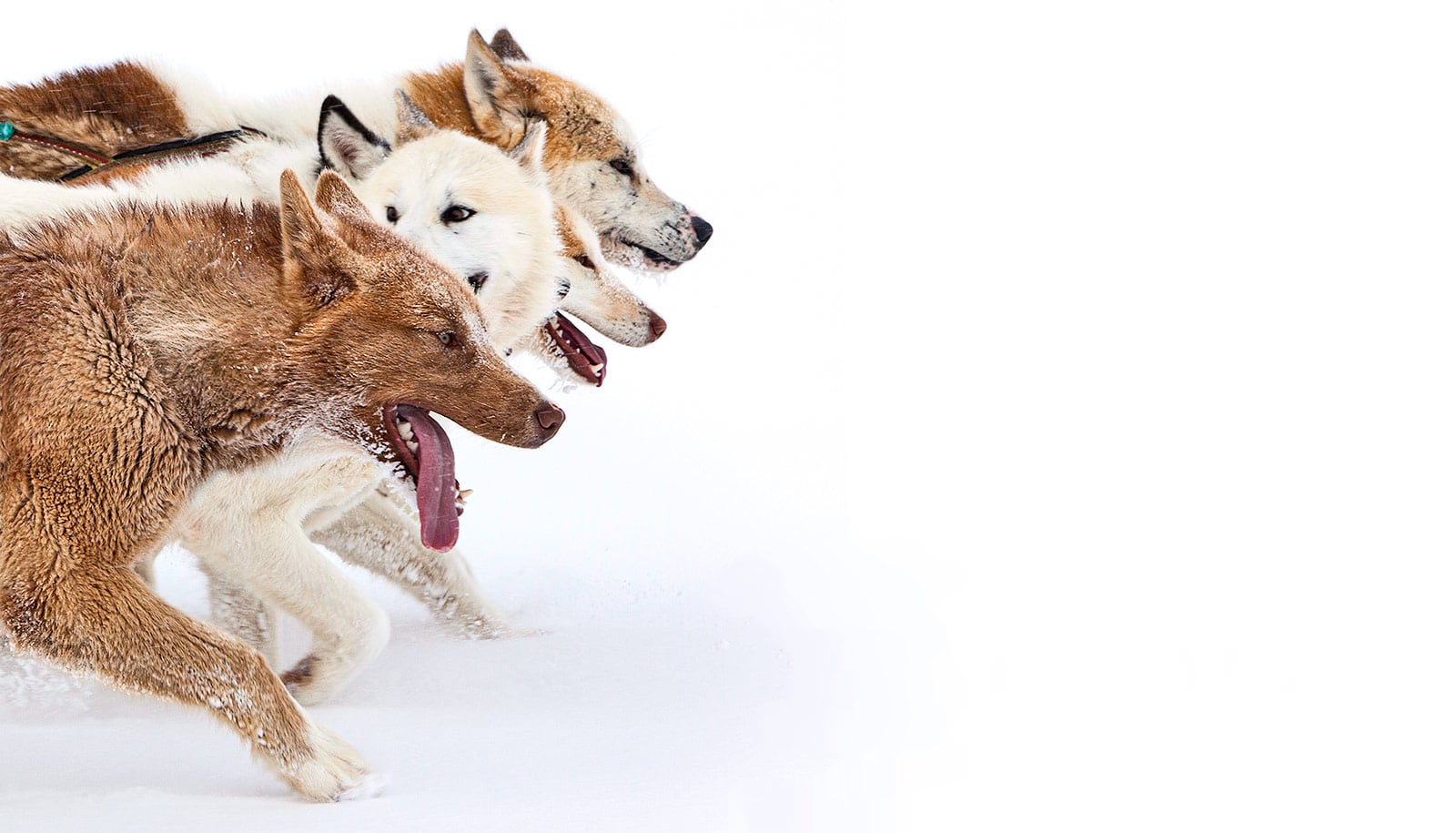Vulnerability to health issues related to neutering varies greatly depending on the dog breed, according to a 10-year study of 35 breeds.
Some dog breeds have higher risk of developing certain cancers and joint disorders if neutered or spayed within their first year of life. Until now, studies had only assessed that risk in a few breeds.
“We think it’s the decision of the pet owner, in consultation with their veterinarian, not society’s expectations that should dictate when to neuter.”
“There is a huge disparity among different breeds,” says lead author Benjamin Hart, distinguished professor emeritus at the University of California, Davis School of Veterinary Medicine. Hart says there is no “one size fits all” when it comes to health risks and the age at which a dog is neutered.
“Some breeds developed problems, others didn’t. Some may have developed joint disorders but not cancer or the other way around.”
Researchers analyzed 15 years of data from thousands of dogs examined each year at the UC Davis Veterinary Medical Teaching Hospital to try to understand whether neutering, the age of neutering, or differences in sex when neutered affect certain cancers and joint disorders across breeds. The joint disorders examined include hip dysplasia, cranial cruciate ligament tears, and elbow dysplasia. Cancers examined include lymphoma; hemangiosarcoma, or cancer of the blood vessel walls; mast cell tumors; and osteosarcoma, or bone cancer.
In most breeds examined, the risk of developing problems was not affected by age of neutering.
Researchers found that vulnerability to joint disorders was related to body size.
“The smaller breeds don’t have these problems, while a majority of the larger breeds tend to have joint disorders,” says coauthor Lynette Hart, professor at the UC Davis School of Veterinary Medicine.
One of the surprising exceptions to this was among the two giant breeds — great Danes and Irish wolfhounds — which showed no increased risk to joint disorders when neutered at any age.
Researchers also found the occurrence of cancers in smaller dogs was low, whether neutered or kept intact. In two breeds of smaller dogs, the Boston terrier and the shih tzu, there was a significant increase in cancers with neutering.
Another important finding was that the sex of the dog sometimes made a difference in health risks when neutered. Female Boston terriers neutered at the standard six months of age, for example, had no increased risk of joint disorders or cancers compared with intact dogs, but male Boston terriers neutered before a year of age had significantly increased risks.
Previous studies have found that neutering or spaying female golden retrievers at any age increases the risk of one or more of the cancers from 5% to up to 15%.
Dog owners in the United States are overwhelmingly choosing to neuter their dogs, in large part to prevent pet overpopulation, euthanasia, or reduce shelter intake. In the US, surgical neutering is usually carried out by six months of age.
This study suggests that dog owners should carefully consider when and if they should have their dog neutered.
“We think it’s the decision of the pet owner, in consultation with their veterinarian, not society’s expectations that should dictate when to neuter,” says Benjamin Hart. “This is a paradigm shift for the most commonly performed operation in veterinary practice.”
The study in the journal Frontiers in Veterinary Science lays out guidelines for pet owners and veterinarians for each of 35 breeds to assist in making a neutering decision.
Support for the research came from the Canine Health Foundation, the UC Davis Center for Companion Animal Health, and Versatility in Poodles.
Source: UC Davis



